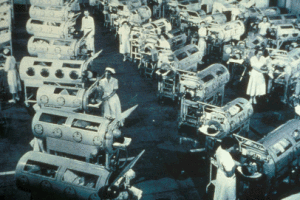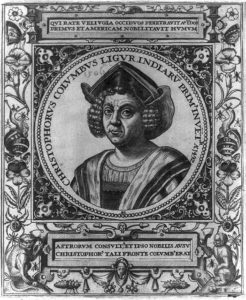
Christopher Columbus
Christopher Columbus arrived in the New World in 1492. He had left Spain on August 3, 1492, with three ships and 90 men. His journey, filled with dangers, marked the beginning of the age of exploration. Children can read a well-written summary of his explorations at: Columbus.
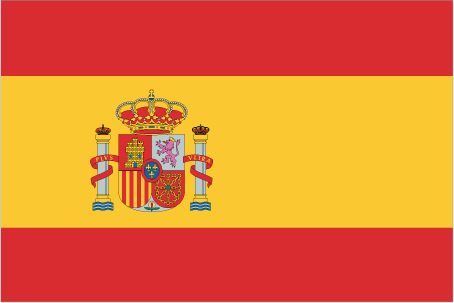
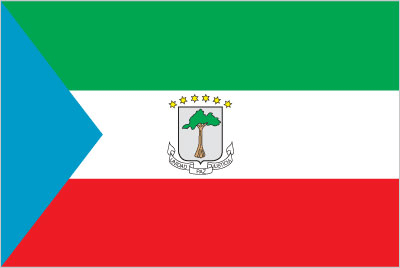
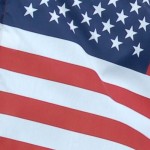 Pledge of Allegiance was recited in schools for the first time in 1892. Francis Bellamy wrote the oath in two hours, but previously he had devoted years to developing the concept. The pledge has been modified, and four states, Vermont, Wyoming, Hawaii, and Iowa, do not require the oath in schools.
Pledge of Allegiance was recited in schools for the first time in 1892. Francis Bellamy wrote the oath in two hours, but previously he had devoted years to developing the concept. The pledge has been modified, and four states, Vermont, Wyoming, Hawaii, and Iowa, do not require the oath in schools.